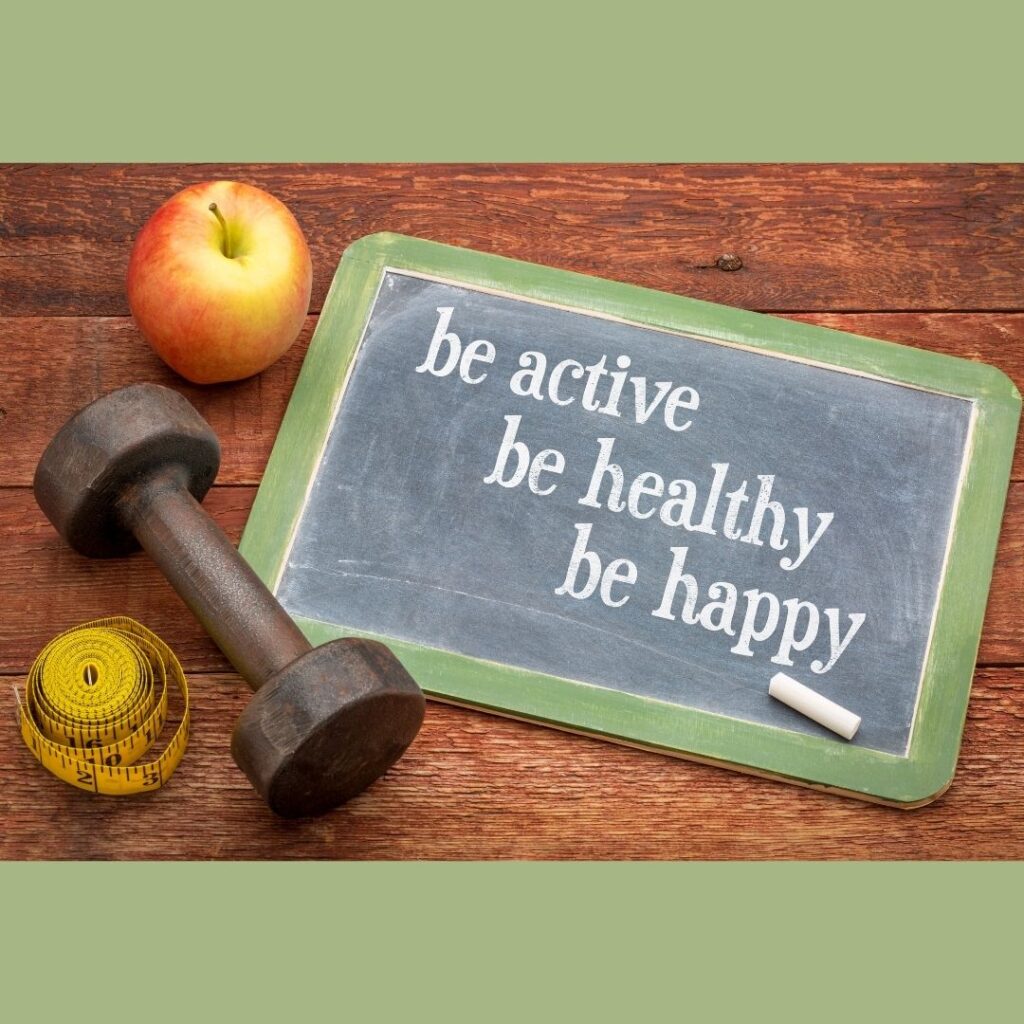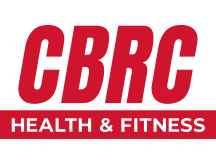BEING ACTIVE WITH OSTEOPOROSIS
People with osteoporosis or osteopenia (low bone mass) can reduce their risk of falls and fractures through the right kinds of physical activity. Research is ongoing to determine the best exercise plan for healthy bones. Currently, experts recommend weight-bearing activity (while on your feet) and strength training to help your bones become stronger and help prevent falls.
WEIGHT-BEARING ACTIVITY
Weight-bearing activity helps load your bones to keep them strong and improves balance. Swimming and cycling are great for general fitness, but they are NOT weight-bearing.
What? Repetitive impact weight-bearing activity
How Often? 4-7 days a week.
How Hard?Moderate- to high intensity depending on ability and bone/joint health.
How Much? Start w/a few minutes. Gradually build up to 30-60 minutes over the day
Aerobic Activity Cautions: Start w/5 impacts. Gradually build up to 30-60 total impacts over the day OR Start w/5-10 minutes of weight-bearing activity – build up to 20-45 minutes/day.
There are many different ways to apply impact to bones. Start gently. Some people with painful conditions such as arthritis may never reach high-impact loading. But just being weight-bearing is important.
STRENGTH TRAINING
Challenging your muscles can help to strengthen your bones. Strength training, particularly in your legs and trunk, plays an important role in preventing falls.
What? Hand weights, resistance bands, weight machines, or your own body (for example, kitchen counter push-ups or chair squats)
How Often? 2-3 days a week. Rest on in-between days.
How Hard? Start w/12 repetitions at the light-medium effort. Gradually build to hard effort for just 8 repetitions.
How Much? 8-10 repetitions for each major muscle group. After 2 weeks, increase to 2 sets.
Strength Training Cautions: Focus first on learning good technique – then increase resistance. Get help from a certified exercise professional or physical therapist. They can teach you the right way to do exercises and how to breathe properly. For the most benefit to your bones, work up to challenging loads. When possible, do exercises standing instead of sitting. Change your routine every couple of months. Bones respond well to variety. Be cautious about exercises involving bending and twisting at the hips and trunk.
BALANCE
Balance activities improve your ability to resist forces that could cause you to fall. They also lower your risk of injury if a fall does happen. Simply getting stronger will help too, especially in your legs, stomach, and back. Train in an uncluttered area and use a chair or wall for support if needed. A certified exercise professional can guide you safely through balance training.
Standing Stability: When standing, gradually reduce your base of support: 1) Stand with both feet together and hands on your chest. 2) Stand with one foot forward and the other back. 3) Stand-heel-to-toe. 4) Stand on one leg. Hold a position for 15-30 seconds.
Active Challenges: Do movements that disturb your center of gravity: 1) Walk on a line. 2) Walk heel-to-toe. 3) Walk on your toes. 4) Turn in a circle or move in different patterns.
OSTEOPOROSIS TIPS AND CAUTIONS
– Good posture is important while sitting, standing, walking, and exercising. A PT or exercise professional can teach you how to reduce stress on your spine and joints through muscle balance, proper movement, and body positioning.
– Avoid activities that involve excessive twisting or bending, especially if you have a low bone density in your spine. For example, use caution with activities like yoga or Pilates or take a break during stressful postures or positions.
– To build strength in a certain bone, you must do exercises that involve and challenge that specific area. For example, lifting weights to make your arms stronger will not prevent a hip fracture.
MOVEMENT HEALTH & MOVEMENT FUNCTION
Osteoporosis Tips and Cautions
OTHER IDEAS FOR PHYSICAL ACTIVITY
-Aerobic activities such as walking, cycling, or using an elliptical trainer are important for heart health and stamina. Do these activities for 30-60 minutes (preferably weight-bearing) at least 3 days/ week at a moderate intensity.
– Stretch your muscles 5-7 days/week. Stretch to the point of feeling tightness. Hold for 10-30 seconds (30-60 seconds for older adults). For example, stretch your chest, thighs, and calves to
help your posture.
– If your bones can handle it, activities with changes of speed and direction can be good, such as aerobic dance routines, tennis, pickleball, dancing, or soccer. Ask your health care provider if
these would be safe for you.
– You can stand taller by doing exercises to strengthen your back and stretch your chest muscles. A PT or exercise professional can help you achieve muscle balance for better posture.
MOVEMENT HEALTH & MOVEMENT FUNCTION
Our Exercise Professionals believe that exercise is medicine and are eager to assist! To get started today call (509) 943-8416 or email [email protected].
American College of Sports Medicine, Exercise is Medicine accessed December 2020, <https://www.exerciseismedicine.org/>
